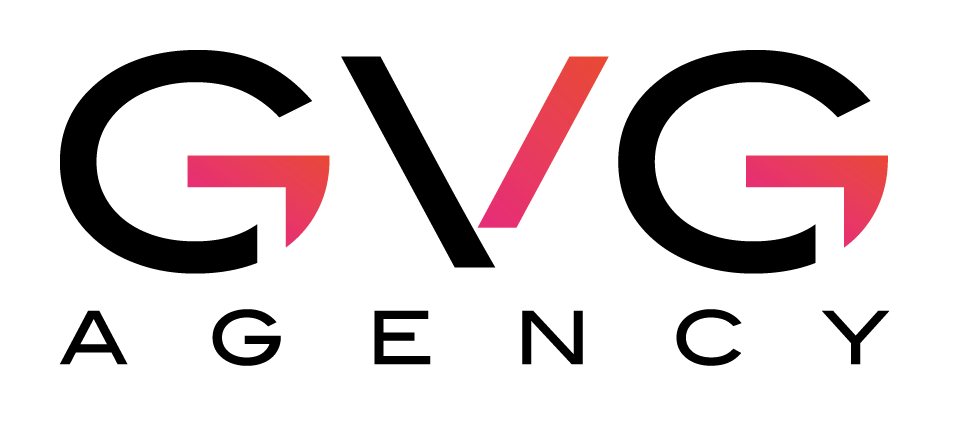Stop Screaming Into the Void: Why Knowing Your Audience is the Key to Brand Storytelling Success
- Steven Le Vine
- Aug 16, 2023
- 3 min read
Updated: Sep 27, 2023
Bold storytelling has become more crucial than ever before. However, simply creating content because it’s something you’ve been told, you’re supposed to do is not optimal. Screaming into the void without any particular value or POV will not yield you the desired results.
To truly capture your audience's attention and engage them, you must intimately understand who they are and what they value. That's why you must define your audience. Here we explore effective strategies to gain a comprehensive understanding of your target audience.
Defining Your Audience: To Whom Your Story Should F*cking Matter
As we outline in our book, Stories That F*cking Matter: Three Pillars of Epic Storytelling to Dominate Media Headlines, Win Clients and Grow Your Business, the better you understand your target audience, “the more qualified, relevant people your brand will likely reach.” Whether you’re the creator of a consumer packaged goods brand (CPG) or you have a personal brand as a subject matter expert like an author, speaker or coach, or even a celebrity, your target audience is comprised of individuals who are most likely to be interested in your products or services.
By identifying and understanding your audience, you can tailor your storytelling efforts to resonate with them on a deeper, more visceral, and emotionally-driven level.
To begin, it's important to create audience personas based on demographic and psychographic characteristics. By starting with broad categories and then fine-tuning them, you can better speak directly to your potential customers and expand your brand's reach in the process, while enrolling them in your vision.
Gaining a Basic Understanding
To truly know your audience, you need to gather insights and data. Start by examining the people already engaging with your brand. Consider important data points such as age, language, spending patterns, interests, challenges, and stage of life. These factors will shape how you communicate with your audience and ensure your storytelling approach aligns with their needs and preferences.
Fine-tuning Your Audience
Social media analytics and tools like UTM codes can provide invaluable information about who is clicking on your content. Utilize social listening techniques to monitor conversations about your brand and engage with your audience directly on relevant platforms. Additionally, analyze your competition and learn from their successes and failures. By understanding how your brand adds value to your audience's lives, you can overcome purchasing barriers, identify their purchasing journey stage, and create content that resonates with them.
Keeping Your Audience in Mind
When crafting your brand narratives, whether they are being used in your LinkedIn or social media content, your PR pitches, or your website, always prioritize your audience. Understand what they care about, their values, goals, and interests. Different audiences will respond differently to various storytelling approaches.
Address the specific needs and experiences of your audience, whether that involves getting personal and raw or emphasizing empathy. Remember, telling a personal story from a place of conviction is a powerful form of communication.
Armed with this knowledge, you can craft compelling narratives that foster brand loyalty.
Understanding your audience is the key to storytelling success. By knowing your target audience's characteristics, interests, and pain points, you can create content that resonates deeply and drives engagement.
Continuously refine your understanding of your audience through data analysis, social listening tools, and competitor analysis.
By keeping your audience at the forefront of your storytelling efforts, you will forge a meaningful connection that leads to brand loyalty and success.
By Steven Le Vine, President & Founder of Grapevine PR + Consulting





Comments